4 Key Aspects of
Emotionally Intelligent Leadership
Shocking Stats

What is Active Listening?

+ Tips on practicing Active Listening
- Maintain eye contact
- Delay your response
- Apologize if your mind wanders
Myth Busters
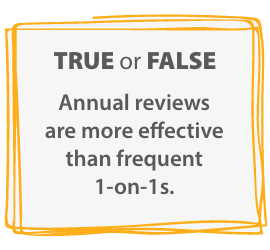
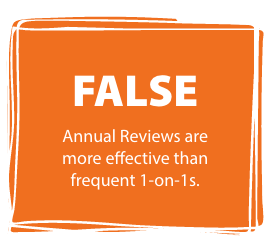
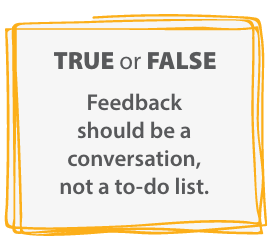
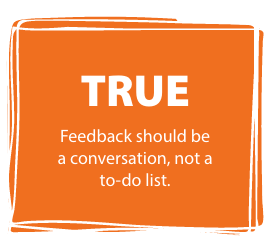
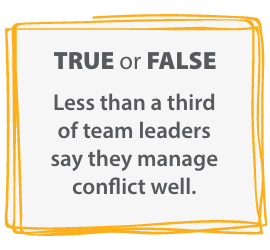
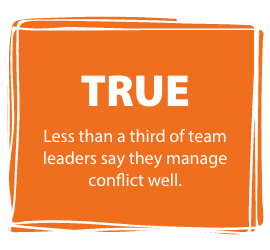
The ROI of Recognition
Organizations that have a culture of recognition have seen a 682% increase in revenue (Forbes), a 9% increase in productivity, and a 22% decrease in absenteeism. (Gallup and Workhuman)

Increase in
Revenue
Increase in
Productivity
Decrease in
Absenteeism
Active Listening Speed

Listening vs Speaking
Listening Speed - (words/minute)
Speaking Speed - (words/minute)
The Perception Gap
62% of employees feel blindsided by their annual performance reviews. Only 38% are prepared. Replace the make-or-break annual performance review with quarterly check-ins.


How Recognized
Do You Feel?
Only 1 in 4 employees say they’ve been recognized for a job well done in the past week. Recognition doesn’t have to cost hundreds!
How Paycor can help
Paycor empowers leaders to develop winning teams.
Our product is purpose-built for leaders. And our COR Leadership Framework helps your organization use best practices and technology to build a culture of accountability and engagement with leaders and their teams.
Want more information?
